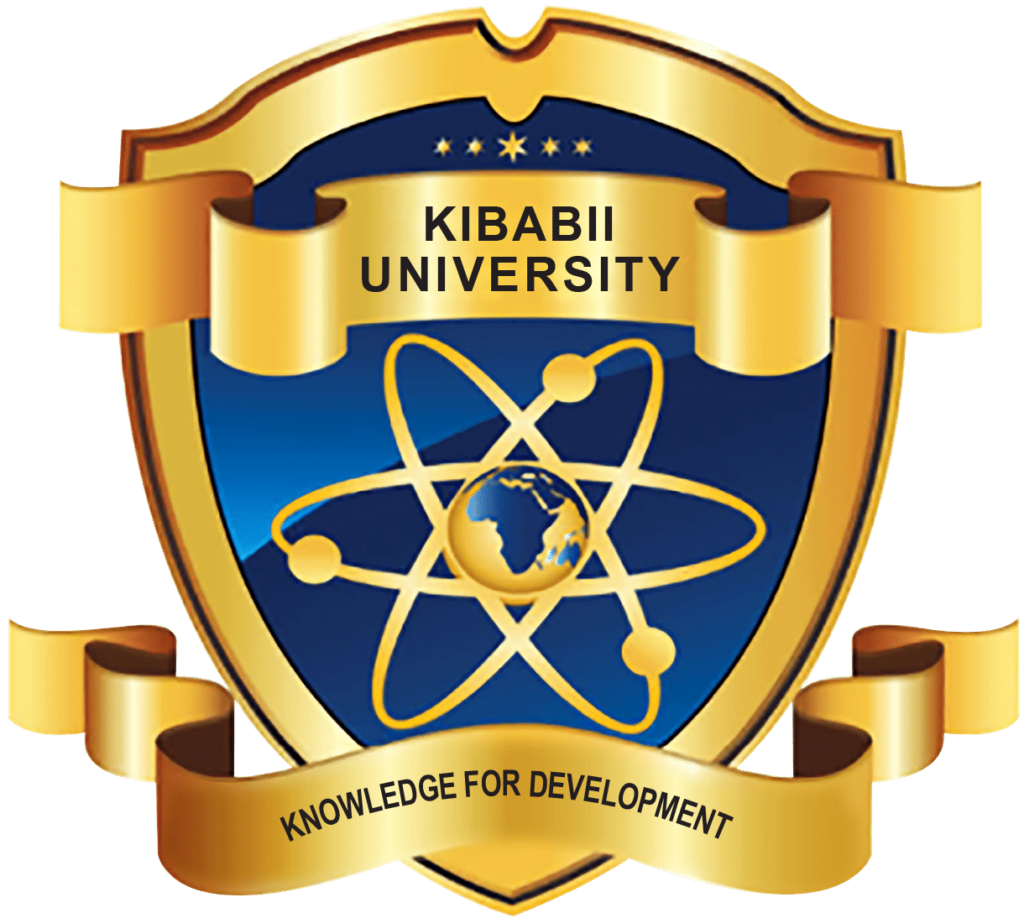Students Selection for University Course Admission at the Joint Admissions Board (Kenya) Using Trained Neural Networks
Franklin Wabwoba, Fullgence M. Mwakondo
@Journal of Information Technology Education
Volume 10 • 2011 • pp. 333 – 347
Executive Summary
Every year, the Joint Admission Board (JAB) is tasked to determine those students who are expected to join various Kenyan public universities under the government sponsorship scheme. This exercise is usually extensive because of the large number of qualified students compared to the very limited number of slots at various institutions and the shortage of funding from the government. Further, this is made complex by the fact that the selections are done against a predefined cluster subjects vis a vis the student’s preferred and applied for academic courses. Minimum re-quirements exist for each course and only students having the prescribed grades in specific sub-jects are eligible to join that course. Due to this, students are often admitted to courses they con-sider irrelevant to their career prospects and not their preferred choices.
This process is tiresome, costly, and prone to bias, errors, or favour, leading to disadvantaging innocent students. This paper examines the potential use of artificial neural networks at the JAB for the process of selecting students for university courses. Based on the fact that Artificial Neural Networks (ANNs) have been tested and used in classification, the paper explains how a trained neural network can be used to perform the students’ placement effectively and efficiently. JAB will be able, therefore, to undertake the students’ placement thoroughly and be able to
accomplish it with minimal wastage of time and resources respectively without having to utilise unnecessary effort. The paper outlines how the various metrics can be coded and used as input to the ANNs. Ultimately, the paper underscores the various merits that would accompany the adoption of this technique. By making use of neural networks in the university career choices, student placement at JAB will enhance the chances of students being placed into courses they prefer as part of their career choice. This is likely to motivate the students, making them work harder and leading to improved performance and improved completion rate. The ANN application may also reduce the cost spend on the application processing and the time the applicants have to wait for the outcome. The ANN application could further increase the chances of high quality applicants getting admis-sion to career courses for which they qualify.
Keywords: neural networks, university admission, cluster subjects, minimum requirements, university courses, selection.
![]()
Download Abstract: Students Selection for University Course Admission at the Joint Admissions Board (Kenya) Using Trained Neural Networks

